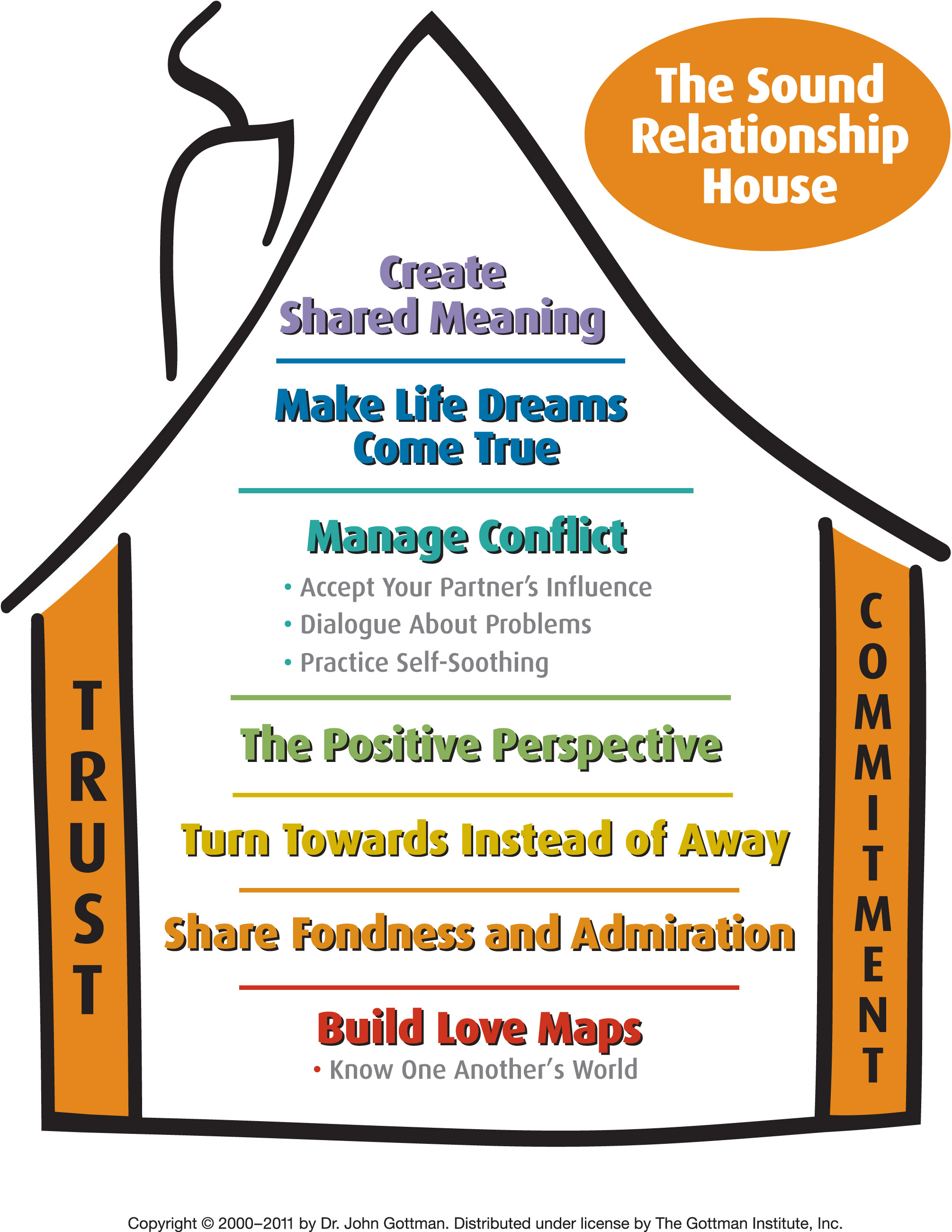
8 Ways to Make Your Relationship More Comfortable
by Counseling and Wellness Center of PittsburghOctober 18, 2021 comfortable relationship, couples communication, couples counseling, couples therapy, healthy relationships, relationship, relationship conflict, relationship resolutions0 comments
Relationship Advice for Couples
At the start of a relationship, it’s perfectly normal and natural to feel nerves. You are still trying to present the best version of yourselves. Over time though and as the relationship progresses, it’s vital to learn how to feel comfortable in your relationship. A lack of comfort with your partner can prevent you from growing as a couple and can possibly...Learn More
8 Things you should do to make your relationship comfortable
by Counseling and Wellness Center of PittsburghSeptember 24, 2019 comfortable relationship, counseling south hills, marriage counseling monroeville, marriage counseling south hills, marriage counseling wexford0 comments
8 Things you should do to make your relationship comfortable
comfortable relationship
Have a disagreement! Most of us in the clinical world agree that it takes at least 2 years for a person to trust enough to become really honest about their past, present, and futures. If you haven’t disagreed with your partner, you don’t really have a relationship, its an acquaintanceship.
Don’t tell...Learn More
Gottman Method Marriage Counseling
by Counseling and Wellness Center of PittsburghMarch 19, 2019 gottman counselor, gottman marriage counseling, gottman method counseling, marriage counseling near me, sound relationship house0 comments
Gottman Method Marriage Counseling
Gottman Method Couples counseling is a form of therapy created by Drs John and Judy Gottman, which aims to support a positive and constructive relationship between two married or dating partners. Gottman method counseling is grounded in research and is proven to be one of the most effective ways to help couples enhance their relationship. The theory...Learn More
Fire & Ice – What’s my conflict resolution style and the relationship problems it can cause?
by Counseling and Wellness Center of PittsburghFebruary 14, 2019 conflict resolution, making up after fights, pittsburgh counseling and wellness, relationship resolutions0 comments
When couples say that they have conflict or problems with communication they really mean that they have a trigger topic that is non solvable or that they have different ways of managing conflict. This causes their disagreements to have a fire or ice quality. I will describe each of these styles and inherently none of them is worse that the other, but depending on what your partner’s style of...Learn More
